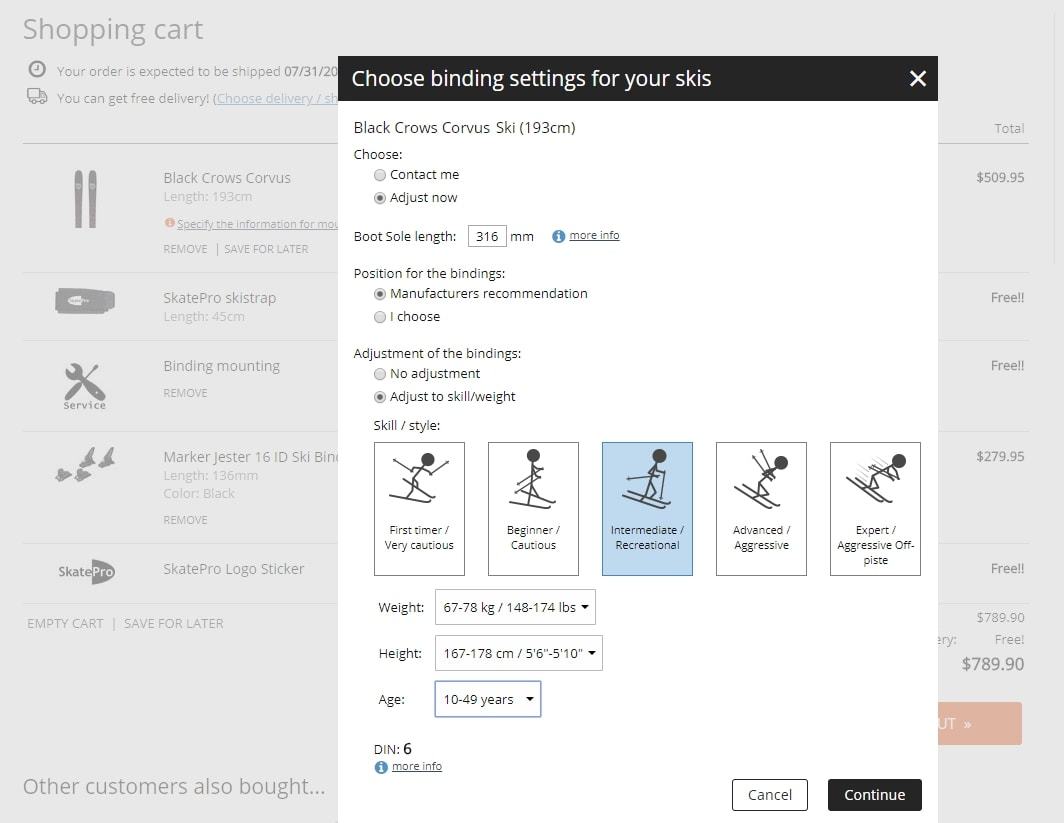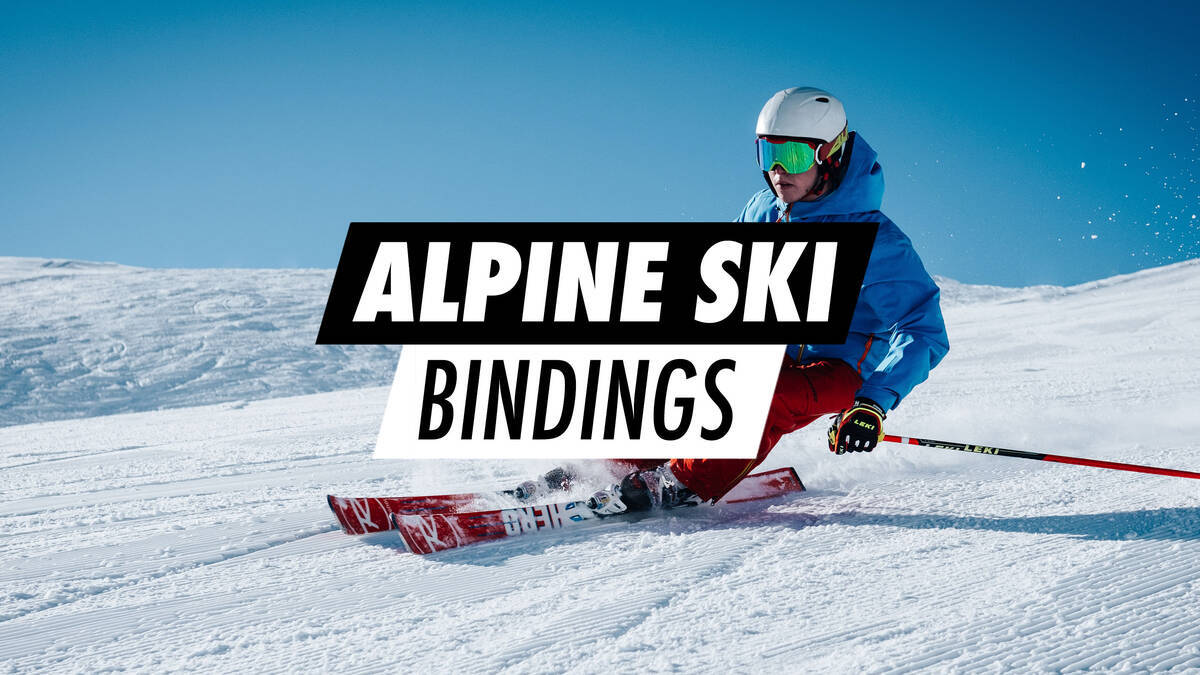Purchasing Alpine Ski Bindings
Understanding Alpine Ski Bindings
In simple terms, a ski binding ensures you remain attached to your skis. Among the binding types - alpine, telemark, or touring - there are distinctions. Our focus here is on alpine bindings, which are installed on piste, all mountain, race, freestyle, and freeride skis. The selection of alpine bindings depends largely on your preferred skiing style and ability.Components of Alpine Bindings
An alpine binding consists of two essential parts: the toe and heel components. Each part includes the DIN system, which releases your bindings upon a fall. For detailed information about the DIN and calculating its value, explore our DIN calculator. The toe component is outfitted with an anti-friction plate/device (AFD) and horizontal wings. These wings help free the boot from the binding laterally to prevent twisting harm. Conversely, the heel component features a vertical release mechanism to avert dislocation in forward-falls. This component also includes the brake, alternatively called the stopper. The brake prevents your skis from careening downhill and endangering others when the binding disengages. A brake system is mandatory across all ski resorts. Brakes are also crucial for keeping skis secure during stacking and transport. When the boot locks in, the brake picks up, readying you for the slopes.
Conversely, the heel component features a vertical release mechanism to avert dislocation in forward-falls. This component also includes the brake, alternatively called the stopper. The brake prevents your skis from careening downhill and endangering others when the binding disengages. A brake system is mandatory across all ski resorts. Brakes are also crucial for keeping skis secure during stacking and transport. When the boot locks in, the brake picks up, readying you for the slopes.
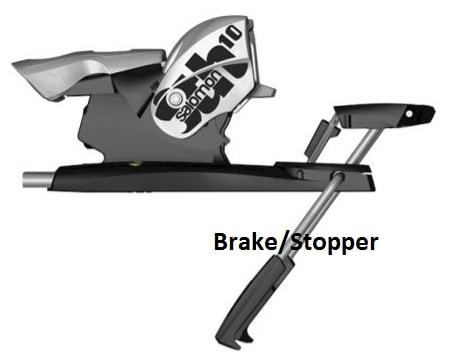
Varieties of Alpine Bindings
The main difference lies in their mounting method. Bindings might be pre-mounted by the manufacturer with an optimised preset, or they can be purchased independently. If not already installed, mounting can be accomplished via track or drill mounting.Track Mounted
Bindings of this type attach to a plate that has been pre-drilled onto the ski by the maker. You simply select bindings matching the plate system and slide them into position. The benefit of track mounting is the manufacturer-selected optimal plates for peak ski performance. Additionally, such bindings are easily adjusted, handy for lending your skis to a friend.Drill Mounted
As implied, drill mounted bindings are affixed directly onto the skis without tracks or plates. This should be conducted by a specialist, requiring specific tools. Drilled and glued directly, these bindings offer less adjustability than track-mounted ones, typically tailored to a skier's boot length. Their advantage lies in universal compatibility. No need to worry about track systems. Freeride, freestyle, and touring skiers usually favour them due to the binding choice flexibility, perfect for their skiing style preferences.Explaining Alpine Ski Binding DIN / ISO
Determining the DIN Value
The DIN (Deutsches Institut für Normung, formerly Deutsche Industrie Norm) setting on alpine ski bindings defines the release point. This is also known as the ISO. It's intended for safety optimisation and handling impact forces. The binding should release precisely during a fall to prevent injuries, particularly to areas like knees and hips. It's crucial for your toe and heel bindings' DIN value to be customised.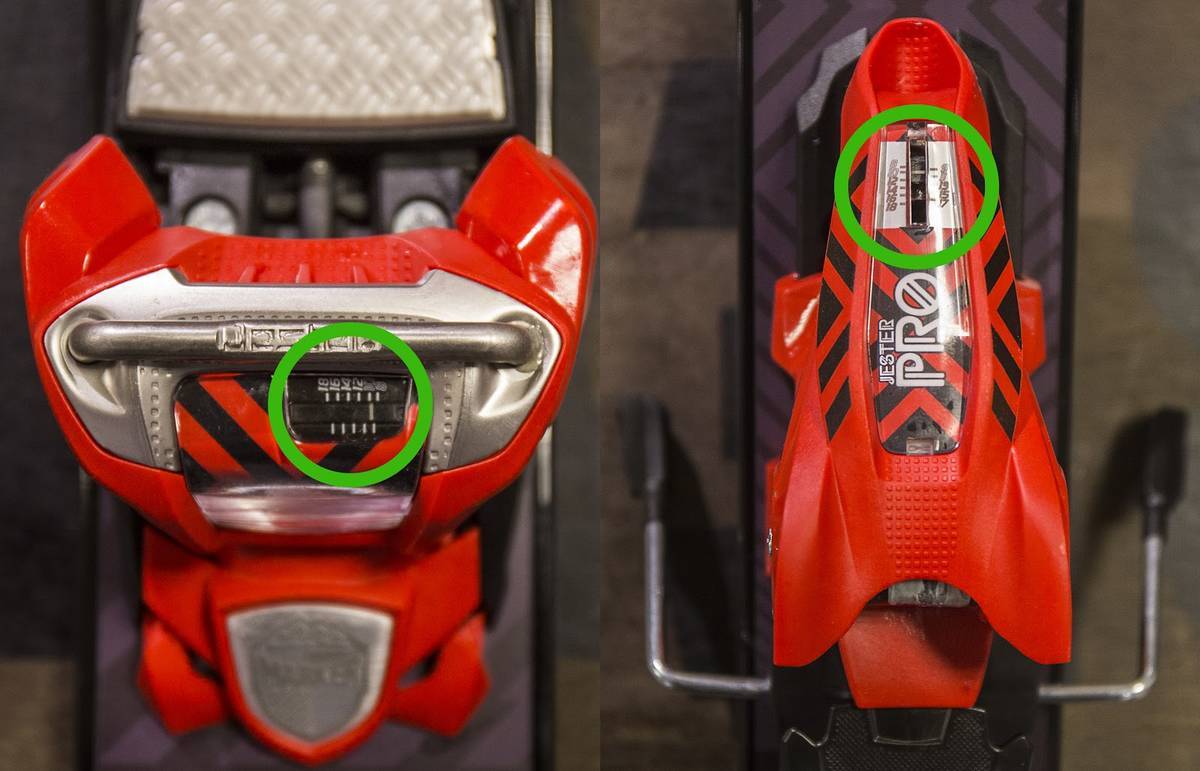 DIN settings must be accurate for children and adults alike.
DIN settings must be accurate for children and adults alike.
The DIN setting / release value is adjusted both on the toe and heel of the alpine binding. Each binding has a specified DIN value range to match your skill, weight, height, and age.
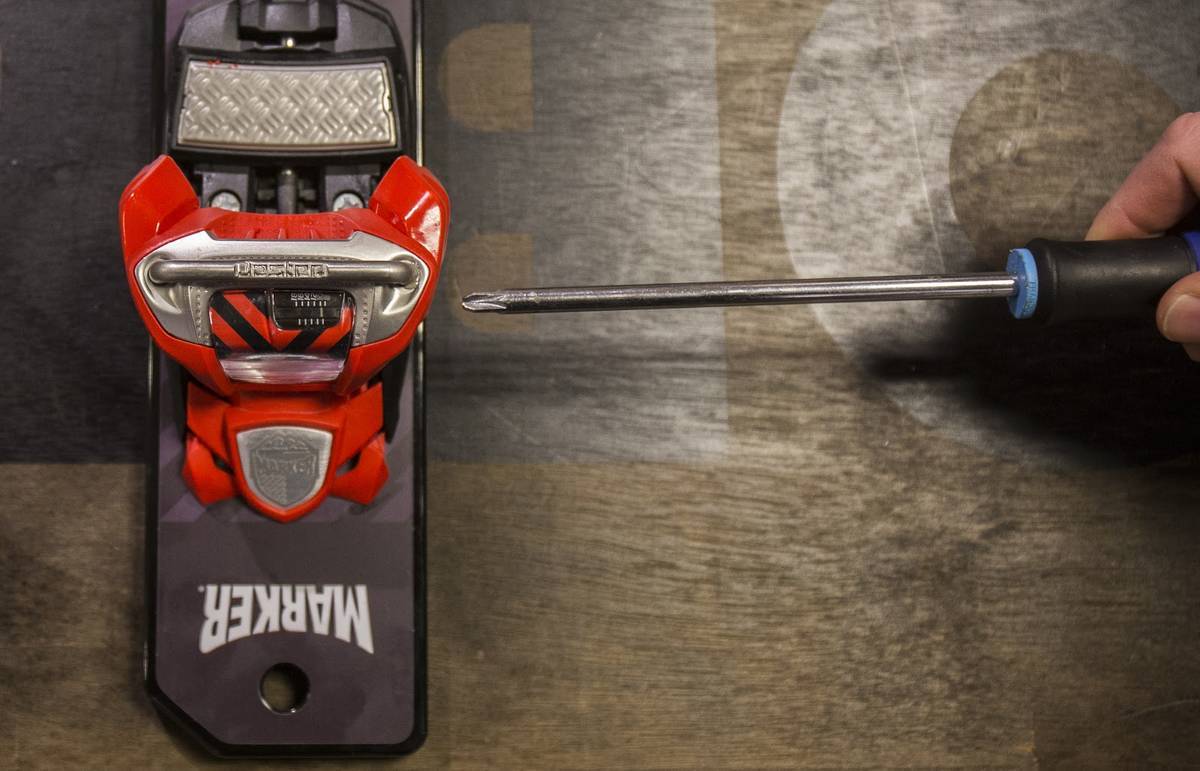
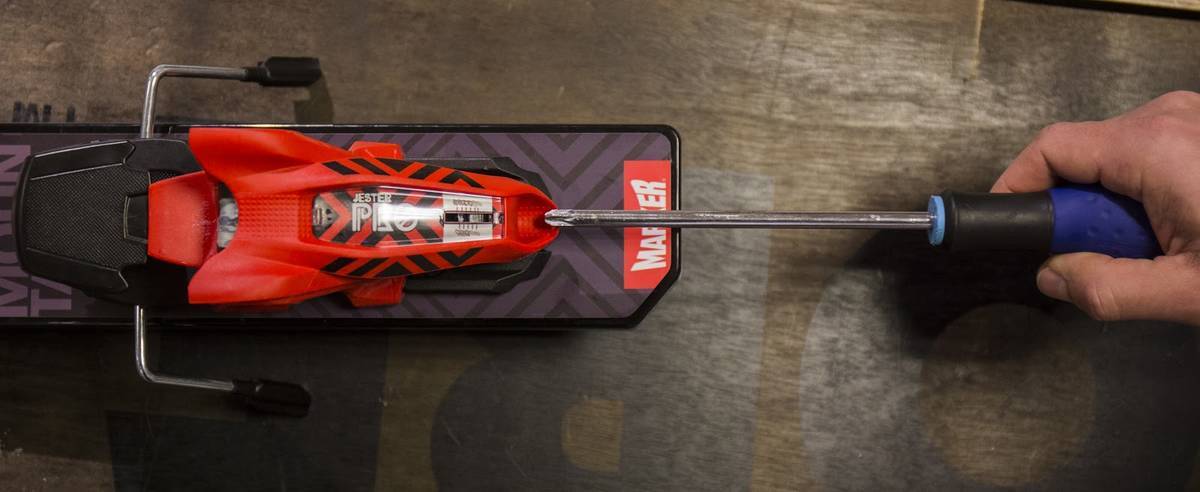
We assist with the appropriate DIN ski binding setup
When purchasing skis with bindings from us, you'll have the option at checkout to calculate your DIN value. Thus, we ensure your bindings are mounted and adjusted based on your skill, weight, height, and age.
Here is how our DIN calculator functions when ordering skis and bindings: